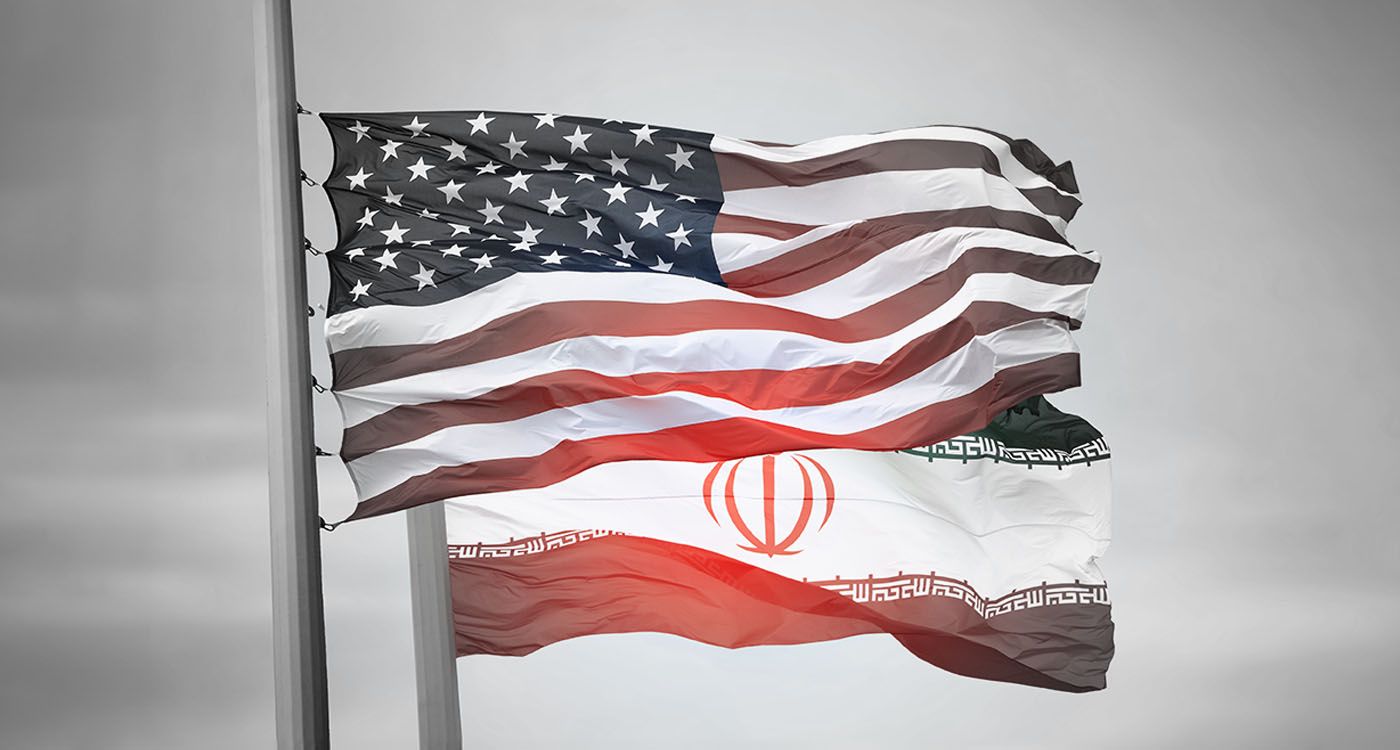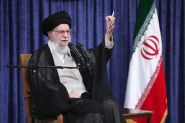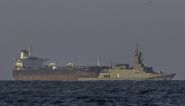- Home
- Arab World
- The US and Iran's Dangerous Dance

©This is Beirut
The US and Iran are now locked in a decisive showdown—one that will either lead to a historic breakthrough or ignite a conflict that redraws the map of the Middle East.
The Pentagon’s recent deployment of additional warplanes to the Middle East, notably the stationing of up to six B-2 stealth bombers at Diego Garcia, is a stark indicator of escalating tensions. These aircraft, renowned for their stealth capabilities and capacity to deliver precision strikes, including the formidable GBU-57 Massive Ordnance Penetrator designed for subterranean targets, position the US to address perceived threats from Iran’s nuclear infrastructure.
This strategic move follows a series of US airstrikes targeting Houthi rebels in Yemen, a group with established ties to Tehran. The intensification of military actions in Yemen, resulting in significant casualties, underscores the broader US strategy to counter Iranian influence in the region.
In response, Iran has adopted a defiant stance. Supreme Leader Ayatollah Ali Khamenei, along with key military figures, has issued stern warnings against US actions, signaling Tehran’s readiness to retaliate if provoked. The entanglement of Iranian-backed groups in regional conflicts, notably the Houthi rebels’ assaults on maritime vessels in the Red Sea, further complicates the geopolitical landscape.
The international community watches with bated breath. For instance, France convened a rare defense cabinet meeting to deliberate on the escalating situation, reflecting European apprehensions about potential US or Israeli military strikes on Iran’s nuclear facilities. European powers are actively seeking to re-engage Iran in negotiations to establish new limits on its nuclear activities and lift sanctions before the 2015 accord’s expiration in October 2025.
Simultaneously, diplomatic channels remain active. Russian and Iranian deputy foreign ministers have engaged in discussions aimed at stabilizing the situation, emphasizing the perils of military escalation and advocating for renewed negotiations concerning Tehran’s nuclear program.
The current trajectory suggests a precarious path forward. The US’ bolstered military presence, coupled with Iran’s unwavering rhetoric, sets the stage for potential confrontations. The deployment of B-2 bombers, capable of penetrating fortified underground facilities, underscores the seriousness with which the US views Iran’s nuclear ambitions.
Conversely, Iran’s regional alliances and proxy networks present a multifaceted challenge to US interests, with the potential to ignite conflicts that could engulf the broader Middle East.
As the US and Iran engage in this high-stakes diplomatic and military dance, the imperative for de-escalation cannot be overstated. The international community’s role in facilitating dialogue, promoting mutual understanding and averting conflict is paramount. The coming weeks are critical, and the choices made by Washington and Tehran will indelibly shape the geopolitical landscape of the Middle East for years to come.
Read more





Comments